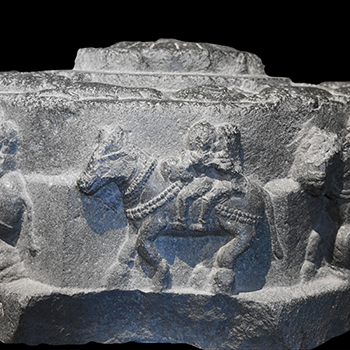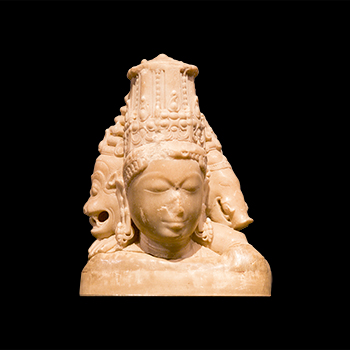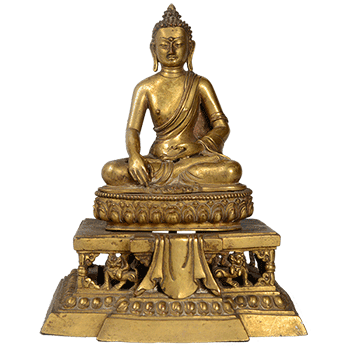The saura pitha is an example of the science of astronomy in India which was an area of study from the ancient period. It shows the knowledge of the solar system and the constellations that the Indians had gained. It also points toward the continuity of the Indian civilization as the signs of the constellations which have been made on it still continue to be used in India without any change. Similar Saura-pitha images are in the collection of Gwalior Museum and Hyderabad Museum, which means that such sun dials were used in various parts of the country. The use of sundials for time keeping reached its pinnacle in the construction of the five sundials called the Jantar Mantar in the 18th century, with the one in Jaipur giving the local time to an accuracy of 2 seconds and has been declared a UNESCO World Heritage Site.






























